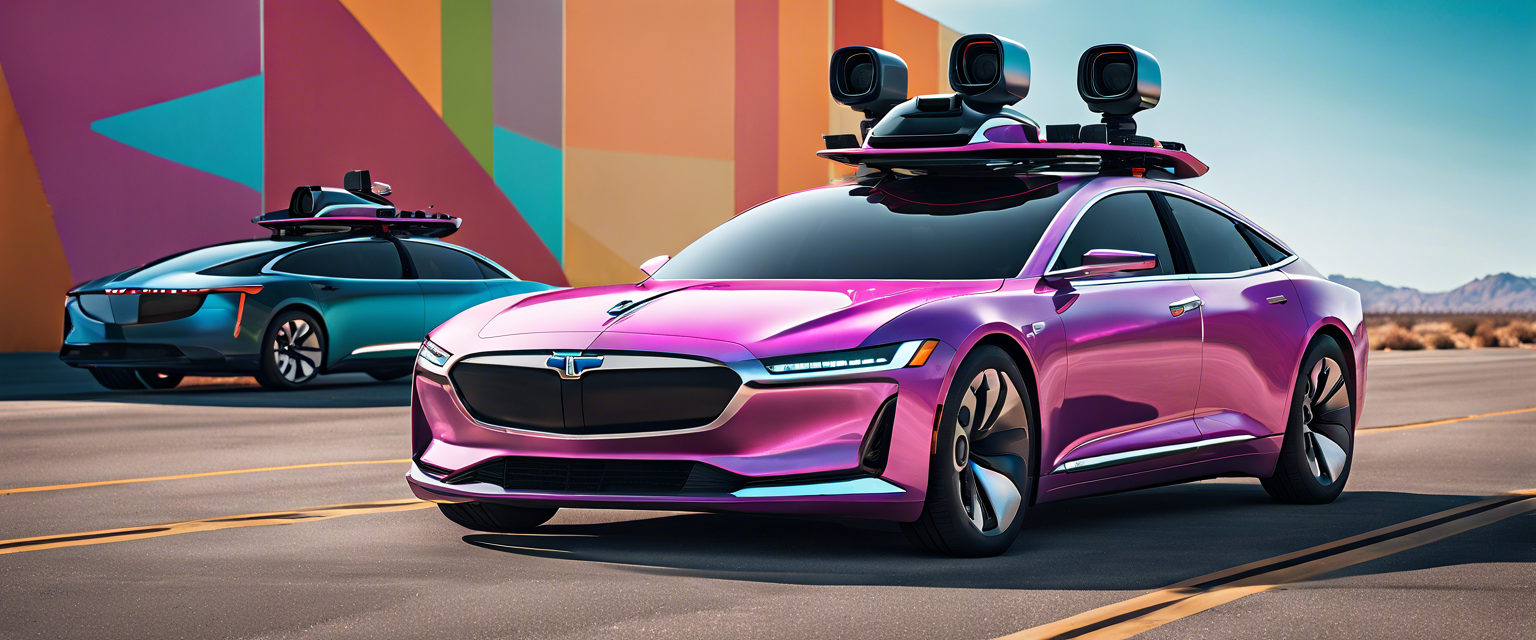OpenAI Presenta Modelos de Razonamiento de Nueva Generación: O3 y O3-Mini
En un emocionante desarrollo para la comunidad de IA, OpenAI ha presentado sus nuevos modelos de razonamiento de frontera, O3 y O3-Mini, durante el último evento Ship-mas. Este anuncio destaca el compromiso de OpenAI con el avance de tecnologías de IA que demuestran capacidades de razonamiento mejoradas.
Salta a O3: Por qué no se lanzó el O2
Muchos estaban ansiosos por aprender sobre los nuevos modelos, señalando que OpenAI ha saltado directamente a O3, omitiendo el modelo O2. Esta decisión se tomó para evitar confusiones y posibles conflictos de marcas con la compañía de telecomunicaciones británica, O2. El primer modelo de razonamiento, llamado O1 o Strawberry, se lanzó en septiembre, estableciendo una base sólida para O3.
¿Qué significa "razonamiento" en IA?
El término "razonamiento" ha surgido como una palabra de moda en la industria de IA, pero ¿qué implica realmente? Esencialmente, los modelos de razonamiento están diseñados para descomponer tareas complejas en componentes más pequeños y manejables. Esta descomposición permite obtener resultados más sólidos y a menudo proporciona una explicación detallada del proceso de pensamiento detrás de la respuesta final, en lugar de simplemente presentar una respuesta arbitraria.
Métricas de Rendimiento de O3: Un Salto Adelante
Según OpenAI, el modelo O3 ha tenido un rendimiento significativamente mejor que sus predecesores en varias tareas:
- Superó los benchmarks de pruebas de codificación (SWE-Bench Verified) en un 22.8%.
- Superó al Científico Jefe de OpenAI en desafíos de programación competitiva.
- Logró un impresionante 87.7%% en problemas de ciencia a nivel experto (GPQA Diamond).
- Resolvió el 25.2%% de los desafíos más difíciles de matemáticas y razonamiento que típicamente desafían a otros modelos, con ninguno superando el 2%% previamente.
Alineación Deliberativa: Un Nuevo Paradigma de Seguridad
Junto con la introducción de O3, OpenAI también compartió su última investigación sobre "alineación deliberativa". Este concepto enfatiza un enfoque de razonamiento paso a paso para la IA al tomar decisiones de seguridad. En lugar de las respuestas binarias convencionales sí/no, este nuevo paradigma obliga al modelo a evaluar si las solicitudes de los usuarios se alinean con las políticas de seguridad de OpenAI.
Las pruebas preliminares en el modelo O1 indicaron que este nuevo enfoque mejora significativamente el cumplimiento de las directrices de seguridad en comparación con modelos más antiguos, incluido GPT-4.
Mirando hacia Adelante
Mientras O3 y O3-Mini aún no están disponibles para el público, OpenAI está invitando a los investigadores a solicitar pruebas tempranas. Este movimiento sugiere que OpenAI está interesado en refinar aún más estos modelos antes de un lanzamiento más amplio.
A medida que la compañía continúa empujando los límites de lo que la IA puede lograr, las implicaciones para el futuro de la tecnología y su intersección con la interacción humana son sustanciales. Mantente atento a más actualizaciones sobre el lanzamiento público de O3 y sus capacidades.



Dejar un comentario
Todos los comentarios se revisan antes de su publicación.
Este sitio está protegido por hCaptcha y se aplican la Política de privacidad de hCaptcha y los Términos del servicio.